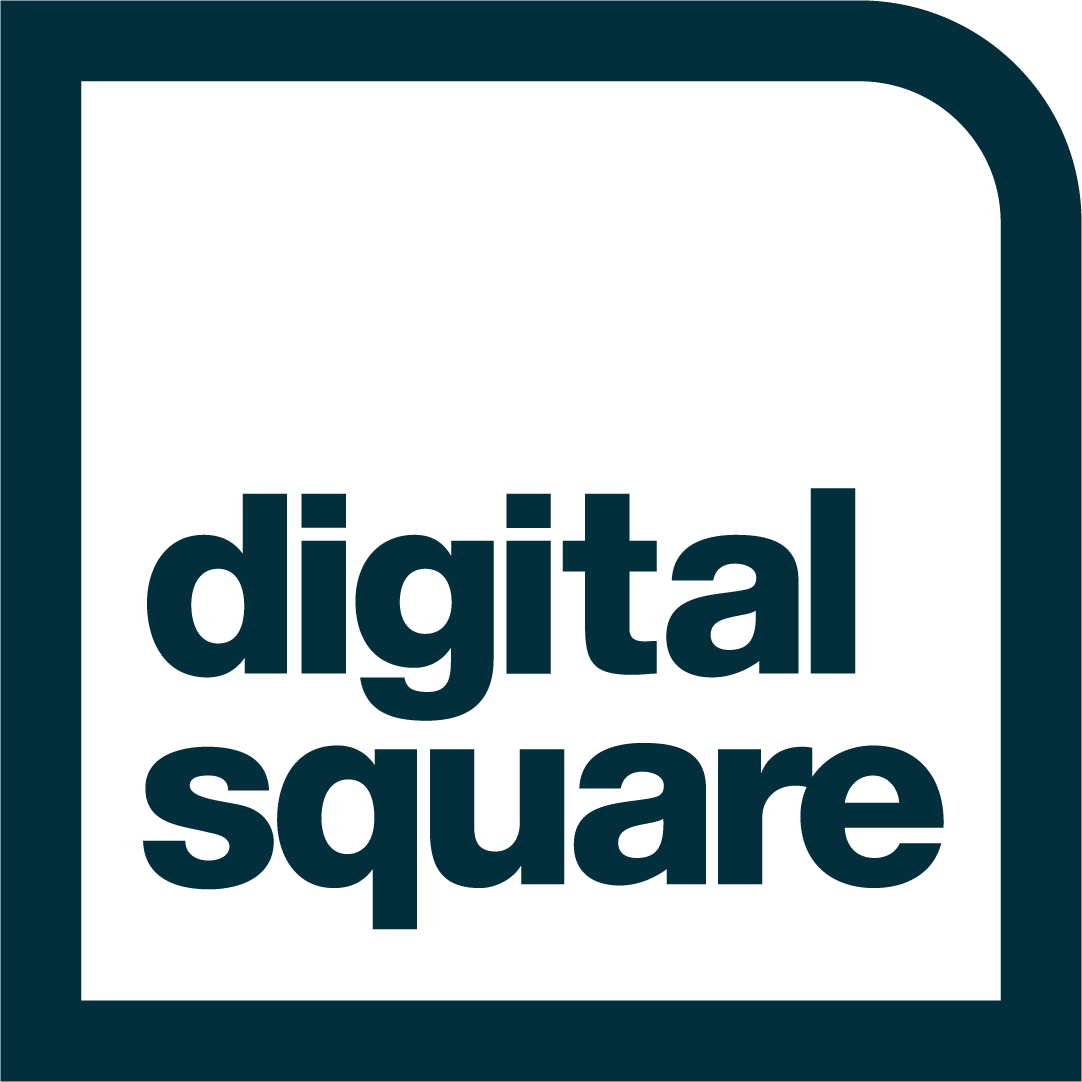Integrated surveillance is critical to control infectious diseases and to manage preventative health services. Surveillance involving public health,
veterinary, since 2011, the system has facilitated near real-time reporting of animal bites and human and animal vaccine use (almost 30,000
reports) by over 300 frontline health and veterinary workers across a catchment area of 150,000 km2 with >10 million inhabitants. Since March
2015, the mobile phone-based surveillance system has been adapted to monitor maternal health (and active interventions) by collecting data on
more than 100,000 facility births, maternal and infant deaths, and including more granular data surrounding obstetrical emergencies and their
management across 650 health facilities. Through this surveillance system, we are now able to identify where and when obstetrical
emergencies are occurring and we are able to successfully dispatch local ambulance services, drone services to deliver blood and other
essential items to the ‘last mile’ as well as facilitating transport services to move pregnant women to higher level health facilities while also
mobilizing the destination facility so that they were prepared to intervene to save that woman’s life. Additionally, routine paper-based
government surveillance systems are typically of very poor quality and cannot be easily extracted for timely evaluation of large-scale
interventions and health system outcomes.
Through our low-cost and efficient platform we have begun to tackle the non-communicable disease (NCD) challenges in Tanzania.
Strategically reusing and adapting our mobile phone-based system within the national health system to improve knowledge translation, and
implementation and use of evidence-based protocols, while preserving the validity of the data collected, improves data quality, timeliness, and
completeness while reducing costs of health system monitoring and evaluation. In recognizing that our system strengths allow active (real-time)
data and clinically related processes, while allowing health providers to actively intervene and manage a number of evolving threats, we
decided to test our system to utilize task-shifting and tailored mobile health tools to tackle the massive burden of cervical cancer in Tanzania
(and 6 other countries in East and West Africa) through cervical cancer screening training and monitoring programs among non-physician
health providers. These programs use our mobile smartphone-based platform to focus on health provider skills enhancement, same day
treatment for precancerous lesions of the cervix (cryotherapy), referrals for cancerous lesions as well as a robust, real-time data monitoring and
evaluation system that is accessed by government partners/stakeholders and other users at the local, district, regional and national level.
The platform has been successfully adapted to equip cervical cancer screening providers, performing screening using a visual method under
acetic acid with smartphones and our smartphone application, Servical, that is built on the multi-purpose platform for rabies and maternal and
child health. These tools allow non-physician health providers to send cervical images and their diagnoses/treatment plans to more skilled
health providers and peer-educators/trainers so that that can receive real-time supportive supervision and provide high quality cervical cancer
screening services without requiring in-person ongoing training. This program has bridged the resource and health human resource ‘gaps’ by
facilitating supervision of newly trained cervical cancer screening providers from a remote site. This method, developed through Grand
Challenges Canada funding in collaboration with the Tanzanian Ministry of Health and other international partners, is called Smartphone
Enhanced Visual Inspection with Acetic Acid (SEVIA). As with other applications of the mobile phone-based surveillance system, it collects
all data required by the MOH and provides real-time monitoring and evaluation and analytics in the hands of decision makers and supervisors.
More than 13,000 women have been screened through the scale-up program in Tanzania and 5 other pilot sites in East and West Africa within
the last 2 years.
We have recognized the strength and capability of this very efficient and open-cost platform for rabies surveillance and treatment and maternal
and child health system strengthening to facilitate prevention, detection, and treatment service delivery processes in prevalent noncommunicable
diseases that are impacting many low-income countries like Tanzania on the continent of Africa and elsewhere. These diseases
include hypertension, diabetes, cancers, cardiovascular disease and chronic kidney failure. These diseases are epidemic and progressively
killing more people on the continent of Africa than HIV/AIDS, Tuberculosis and malaria combined, and, require training of physician and nonphysician
health providers, access to real-time patient data (easy to access and use electronic medical record systems), mechanisms to promote
continuity of care and patient navigation to access more specialized services through referral pathways at higher level health facilities within
national health systems. These components which are essential to managing NCDs are often lacking in health systems built to primarily address
infectious diseases and maternal and child health.
The anticipated outcomes of further developing and implementing mobile phone-based surveillance and quality improvement platforms to
further tackle non-communicable diseases across health system levels is that the timeliness, quality and utility of critical health data collection
will improve while also strengthening support for and level of health provider skills to improve a number of key health outcomes. In addition,
the existing, built in capabilities of these platforms will strengthen and expand health education and navigation of patients and other health
system users through improving health seeking behavior and accessibility of health services.
Submitted by Anonymous on Mon, 03/09/2020 - 15:13
Last revised by Digital Square on Tue, 03/10/2020 - 05:38.
Final Proposal:
Application Status:
Not Approved

